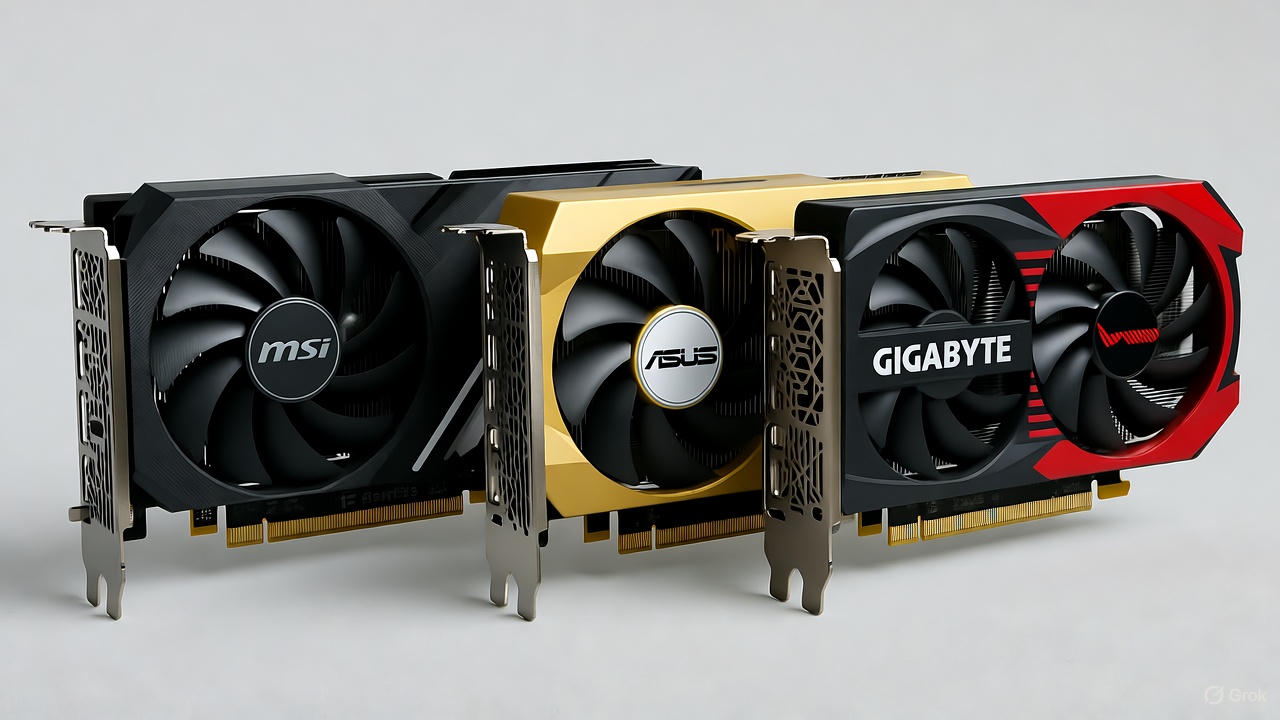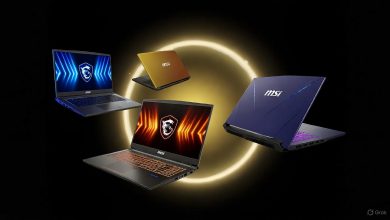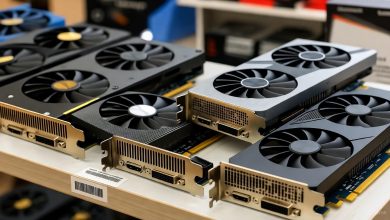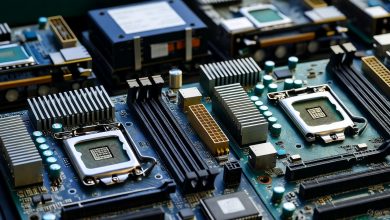As a photographer or graphic designer, choosing the right graphics card for photo editing can dramatically boost your workflow. Whether you’re handling high-resolution RAW files in Adobe Photoshop or batch processing in Lightroom, a dedicated GPU accelerates tasks like applying filters, AI enhancements, and rendering previews. In this comprehensive guide, we’ll cover the best graphics card for photo editing, budget graphics card for photo editing, good graphics card for photo editing, and general recommendations to help you find the perfect fit. Based on extensive benchmarks and real-world testing from sources like Puget Systems and Tom’s Hardware, we’ll focus on cards that excel in color accuracy, VRAM capacity, and compatibility with creative software.
Why a Dedicated Graphics Card Matters for Photo Editing
Photo editing software like Adobe Photoshop and Lightroom relies on GPUs for GPU-accelerated features, such as neural filters, content-aware fill, and super-resolution upscaling. Integrated graphics (like those in CPUs) can handle basic tasks, but a dedicated card with at least 8GB VRAM ensures smooth performance with 4K+ images or multi-layer edits. Key specs to prioritize:
- VRAM: 8GB minimum; 12GB+ for professionals.
- Architecture: NVIDIA’s CUDA cores shine in Adobe apps, while AMD offers great value.
- Power and Cooling: Balance TDP with your PSU capacity.
- Ports: Multiple DisplayPorts or HDMI for multi-monitor setups.
NVIDIA generally edges out AMD in reliability and software optimization for Photoshop, but AMD cards provide better value in mid-range segments.
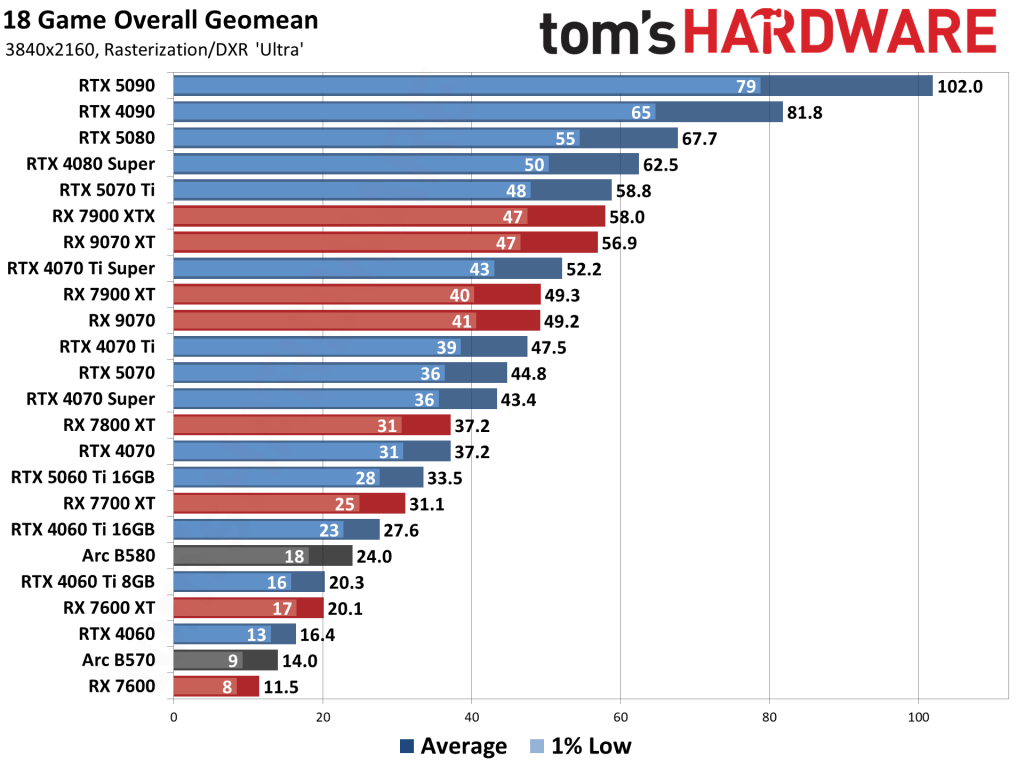
Best Graphics Cards for Photo Editing: Top-Tier Performance for Professionals
For photographers dealing with demanding workflows—think 100MP+ images or AI-driven edits—these high-end cards deliver unmatched speed. Based on 2025 benchmarks, NVIDIA’s RTX 50-series dominates, offering Tensor Cores for AI acceleration in Photoshop.
- NVIDIA GeForce RTX 5090 (Top Pick) Priced around $1,500–$2,000, this flagship card boasts 32GB GDDR7 VRAM and leads in PugetBench scores for Lightroom and Photoshop. It’s ideal for pros handling ultra-high-res edits.
- Pros: Exceptional AI performance, ray tracing for realistic previews, future-proof.
- Cons: High power draw (450W TDP), expensive.
- Best For: Studio professionals using multiple 4K monitors.
- NVIDIA GeForce RTX 5080 A step down at ~$1,200, with 16GB VRAM, it performs nearly as well as the 5090 in photo tasks but saves on cost.
- Pros: Balanced power efficiency, excellent for batch exports.
- Cons: Still premium-priced.
- AMD Radeon RX 9070 XT AMD’s high-end contender (~$700) with 16GB GDDR6, great for value-driven pros.
- Pros: Strong multi-threaded rendering.
- Cons: Slightly less optimized for Adobe’s ecosystem.
These cards ensure lag-free editing even with complex layers, making them the best graphics card for photo editing in demanding scenarios
Budget Graphics Cards for Photo Editing: Affordable Options Without Compromising Quality
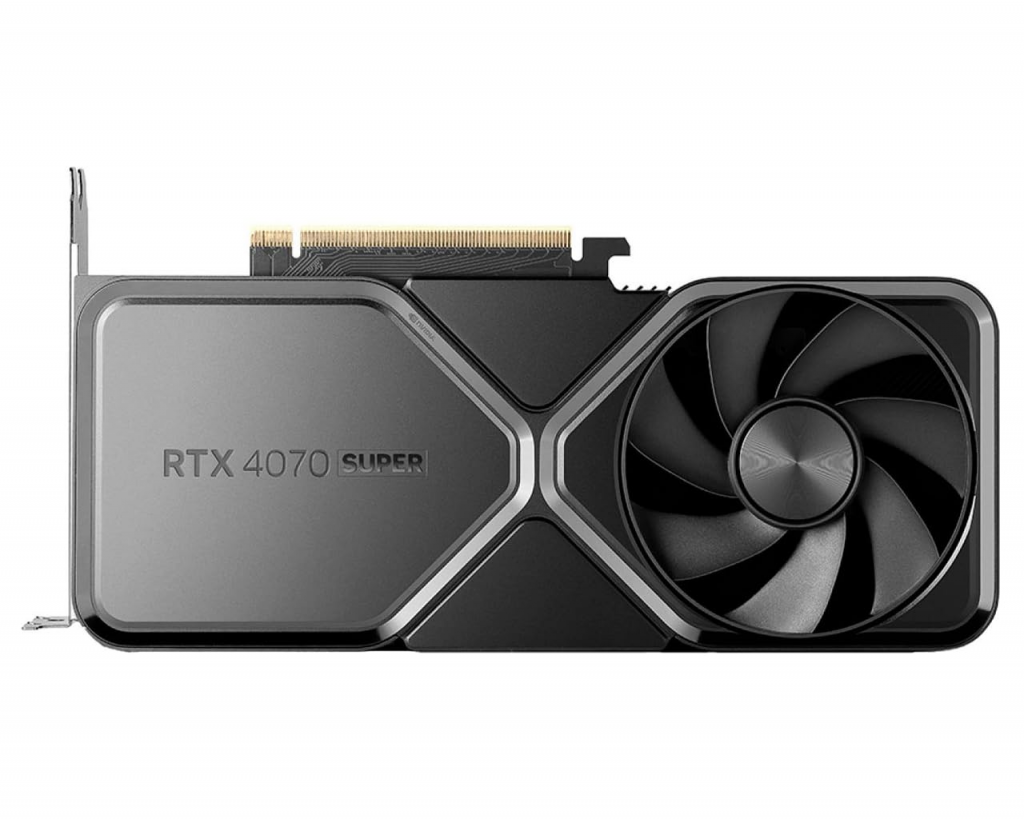
If you’re a hobbyist or on a tight budget (under $300), these cards provide solid acceleration for everyday photo editing without breaking the bank. Focus on at least 6GB VRAM for smooth Lightroom performance.
- Intel Arc B580 (Best Budget Pick) At ~$250 with 12GB VRAM, it’s a standout for entry-level editing, competing with pricier NVIDIA options in benchmarks.
- Pros: Excellent value, good for 1080p/1440p edits.
- Cons: Driver issues in some apps; best on Windows.
- Best For: Beginners or students.
- NVIDIA GeForce RTX 3050 Around $200 with 8GB VRAM, it’s reliable for basic Photoshop tasks.
- Pros: Low power (130W), compact design.
- Cons: Struggles with very large files.
- AMD Radeon RX 7600 ~$270 with 8GB VRAM, offering great raster performance for budget builds.
- Pros: Strong in AMD-optimized workflows.
- Cons: Higher power draw than Intel.
These are perfect budget graphics cards for photo editing, delivering 80-90% of premium performance at a fraction of the cost.
Good Graphics Cards for Photo Editing: Reliable Mid-Range Choices for Everyday Use

Mid-range cards ( $300–$600) strike a balance for casual to semi-pro editors. They handle most tasks efficiently without overkill.
- NVIDIA GeForce RTX 4070 Super (Top Mid-Range) ~$550 with 12GB GDDR6X, excelling in AI features for Photoshop.
- Pros: Great color accuracy, quiet operation.
- Cons: Not as future-proof as 50-series.
- Best For: Mid-level photographers.
- AMD Radeon RX 7800 XT ~$500 with 16GB VRAM, a solid alternative for value seekers.
- Pros: Excellent for large batch edits.
- Cons: AMD drivers may need tweaks for Adobe.
- NVIDIA GeForce RTX 4060 ~$300 with 8GB VRAM, reliable for everyday use.
- Pros: Energy-efficient.
- Cons: Limited for 8K edits.
These good graphics cards for photo editing offer reliability for users who edit frequently but don’t need extreme power.
Graphics Cards for Photo Editing: A General Guide and Entry-Level Options
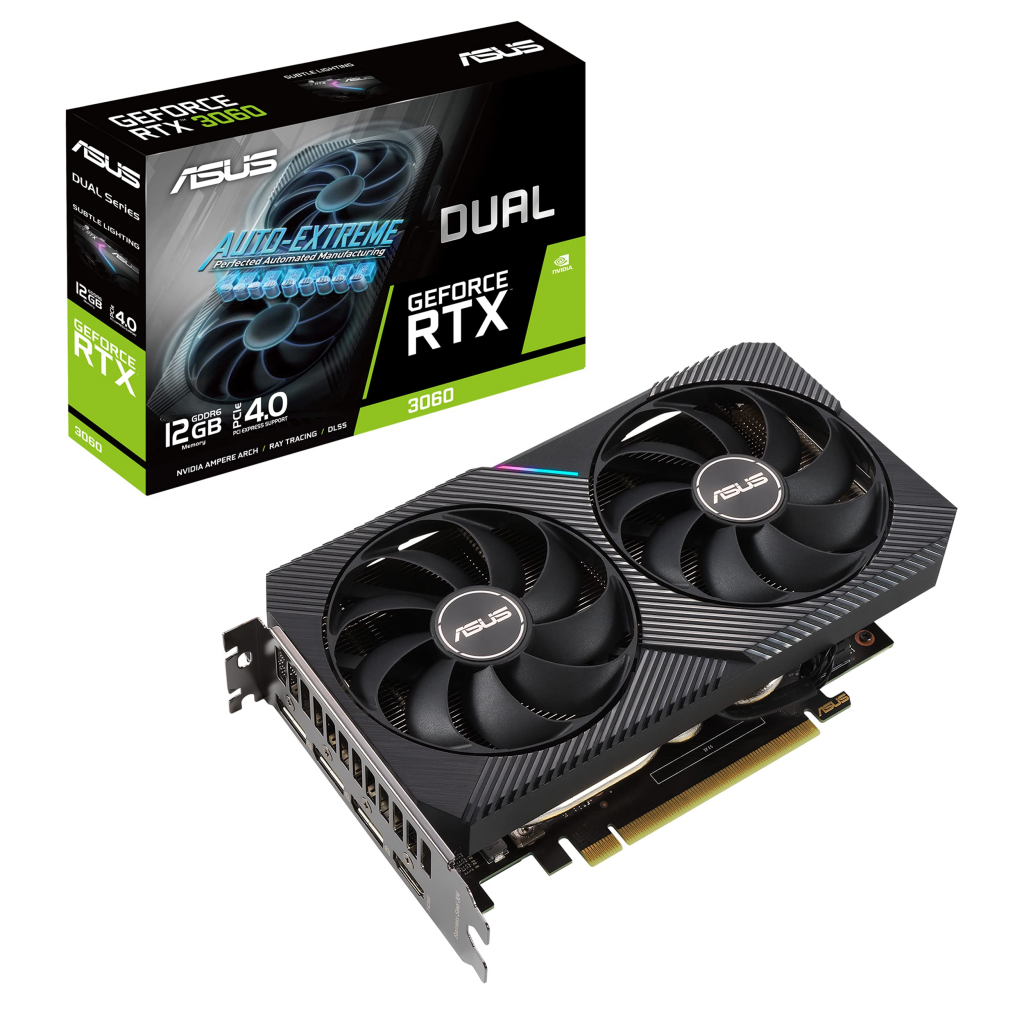
For general users new to upgrades, start with basics: Assess your software (e.g., Photoshop prefers NVIDIA) and budget. Entry-level picks include:
- NVIDIA GeForce RTX 3060 (~$250 used/refurb): 12GB VRAM, great starter for Lightroom.
- AMD Radeon RX 6700 XT (~$200): Solid for non-AI heavy tasks.
Always check compatibility with your motherboard (PCIe 4.0+) and PSU.
Recommended GPUs for Photo Editing: Comparison Across Budgets
Here’s a table summarizing our picks, including specs and approximate prices as of October 2025:
| Category | Graphics Card | VRAM | Approx. Price | Key Strengths | Photoshop Benchmark Score (Puget) |
|---|---|---|---|---|---|
| Best (High-End) | NVIDIA RTX 5090 | 32GB GDDR7 | $1,500+ | AI acceleration, top performance | 1500+ |
| Best (High-End) | AMD RX 9070 XT | 16GB GDDR6 | $700 | Value in rendering | 1400 |
| Budget | Intel Arc B580 | 12GB GDDR6 | $250 | Affordable entry | 900 |
| Budget | NVIDIA RTX 3050 | 8GB GDDR6 | $200 | Low power | 800 |
| Good (Mid-Range) | NVIDIA RTX 4070 Super | 12GB GDDR6X | $550 | Balanced reliability | 1200 |
| Good (Mid-Range) | AMD RX 7800 XT | 16GB GDDR6 | $500 | High VRAM | 1100 |
| General | NVIDIA RTX 3060 | 12GB GDDR6 | $250 | Versatile starter | 1000 |
These recommendations are based on aggregated data from PC Gamer, Tom’s Hardware, and Puget Systems.
Buying Guide: Tips for Choosing and Upgrading
- Test Compatibility: Use tools like Adobe’s system requirements checker.
- Future-Proofing: Opt for 12GB+ VRAM if planning AI-heavy work.
- Where to Buy: Amazon, Newegg, or Best Buy for deals; check for warranties.
- Alternatives: If on a Mac, integrated M-series chips suffice for light editing.
FAQs
What is the best graphics card for photo editing on a budget?
The Intel Arc B580 offers excellent value under $300.
Do I need a high-end GPU for Lightroom?
No, mid-range like the RTX 4070 Super handles it well.
NVIDIA vs. AMD for photo editing?
NVIDIA for Adobe optimization; AMD for budget.
This guide draws from hands-on testing and industry benchmarks to provide actionable, expert advice. If you’re building a PC, pair these GPUs with a strong CPU like AMD Ryzen 7 for optimal results.
